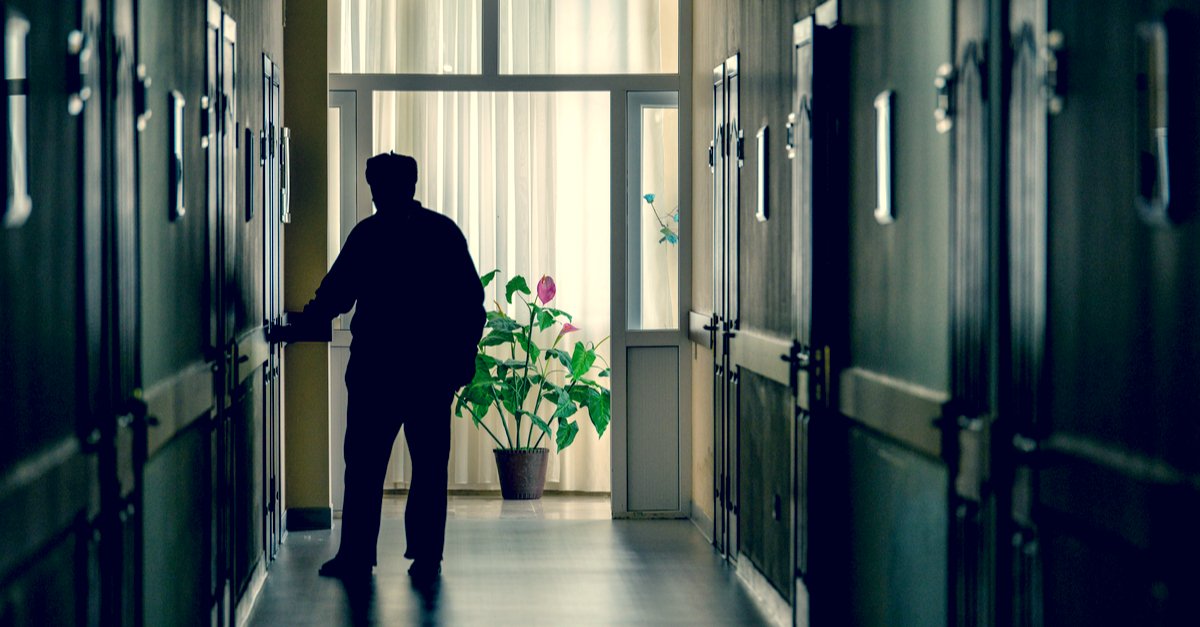
Nursing Home Malpractice
Categories: Nursing Homes
Understanding Nursing Home Malpractice Resulting in Serious Personal Injuries or Wrongful Death
When a family makes the difficult decision to place a loved one in a nursing home, rehabilitation center, or assisted living facility, it can be emotional and overwhelming. Unfortunately, it may also be a necessary decision to allow a loved one to get the medical care and attention that they deserve. Families trust these types of facilities to render this appropriate and often life-saving or life-preserving care for our loved ones, and most facilities do an exceptional job. However, some facilities fail to deliver the medical care and attention required of them by the law. Nursing home malpractice can result in catastrophic harm to a loved one, including causing deliberating personal injuries or leading to wrongful death.
Many instances of nursing home malpractice are preventable errors and avoidable mistakes. According to a study by John Hopkins Medicine, preventable medical errors at hospitals, nursing homes, and other healthcare facilities are the third-leading cause of death in the United States, behind only cancer and heart disease. That is a shocking statistic—especially when families realize how much money they are spending on nursing home care, only for the care to be substandard and negligent.
Families who suspect that their elder loved one may have been the victim of nursing home malpractice from a doctor, nurse, physician assistant, pharmacist, or any other healthcare provider at a nursing home, assisted living facility, rehabilitation center, or any other facility, should contact an experienced nursing home malpractice lawyer like one of ours [LINK].
Examples of Medical Malpractice in the Nursing Home
When many people hear about nursing home malpractice, they often think about nursing home abuse and neglect. That is a widespread issue plaguing nursing homes, but it is different from nursing home malpractice. This is because abuse and neglect revolve around intentional harm caused to a resident, whereas nursing home malpractice resolves around reckless, careless, or negligent injury.
As a result, nursing home malpractice is a type of medical malpractice, meaning that the healthcare rendered to a resident was below the standard of care that a competent healthcare provider would have rendered in similar circumstances.
Some of the most common examples of nursing home malpractice due to a healthcare provider’s mistakes include the following:
Bedsores, Pressure Sores, and Ulcers
Nursing homes have a considerable problem with bedsores, pressure sores, and ulcers. These are injuries caused by constant pressure or friction on the same spot of a resident’s body. The pressure and force slowly cause damage to the tissue, which begins to break down, becoming necrotic, infected, and incredibly painful. This tissue breaking down can start to extend inwards, continuing down to the bone and being as large as a dinner plate.
The treatment and prevention for bedsores are simple for competent nursing homes. That is to constantly rotate and move residents to ensure the same body part is not resting on a bed for too many hours or days in a row. Getting residents up to walk is another way to prevent bedsores and keeping residents clean and dry. The signs of a bedsore are also easy to detect, manifesting themselves as red and inflamed tissue which often hurts a lot—meaning that a resident’s complaints of pain are usually accurate and a sure sign of a bedsore.
When nursing homes fail to rotate residents, get them up to walk, do not keep them clean and dry, or fail to listen to valid complaints of pain, these can all be common causes of bedsores due to nursing home negligence.
Negligently Changing Wounds
Many nursing homes and rehabilitation centers must adequately care for a resident’s wounds after surgery or treatment. Failing to clean wounds quickly and ensure they are well-dressed, free of dirt, bacteria, and regularly inspecting them are crucial steps to protecting a resident’s health. The failure to properly do so or ignoring a resident’s need for wound care changes can result in nursing home malpractice.
Falls in Facilities

All nursing homes and eldercare facilities must identify patients who may be a fall risk and guard against them from falling and hurting themselves. This includes residents who may be recovering from leg or hip surgery, have dizziness, or otherwise have fallen in the past. A nursing home that fails to identify a resident as a fall risk and who falls to guard against falls could be liable for nursing home malpractice.
Prescription Medication Errors
One of the most important functions of a nursing home is to ensure that residents receive the proper medication, avoid drug mix-ups, manage drug interactions, and ensure that residents take medicines with food or drink if necessary. While many facilities properly do that, some do not. Dosing mistakes, medication mix-ups, or giving medications on empty stomachs can result in nursing home negligence that can cause severe or catastrophic harm to individuals.
If A Loved One Suffered Injuries From Nursing Home Malpractice, We Can Help
Nursing home negligence is one of the most egregious types of medical negligence. Families trust their loved ones with these high-cost nursing home facilities. When a facility is siphoning money away from a family and causes significant personal injuries to an innocent person, they should be held accountable for their actions. Learn how our nursing home malpractice lawyers can help you by locating an expert in your area available here http://MedicalMalpracticeuniverse.com
